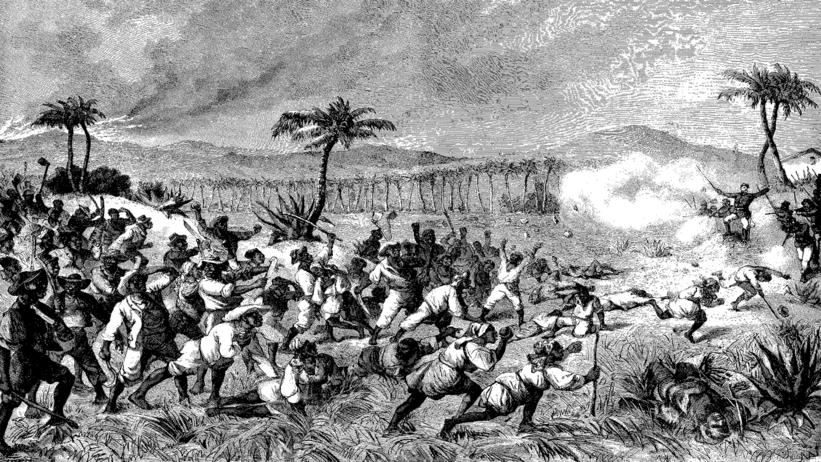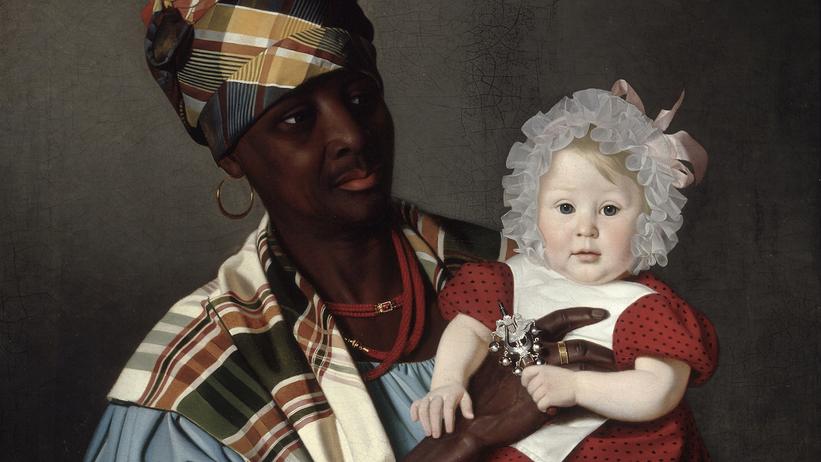
The Danish Colony in the West Indies
From 1672 to 1917 Denmark had a colony in the Caribbean called the Danish West Indies, which consisted of the islands St. Thomas, St. Jan and St. Croix. In 1917 the colony was sold to the U.S. for $25 million in gold coin. March 31st 2017 is the centenary of Transfer Day, when the Danish West Indies was handed over to the U.S.
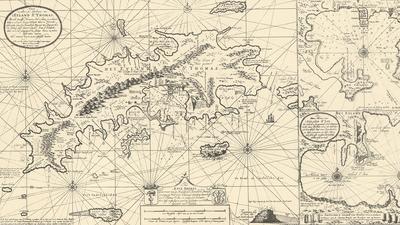
Slavery
The lack of manpower was resolved by one of the most appalling crimes against humanity in world history – the transatlantic slave trade. Some years prior to the colonisation of St. Thomas, Denmark had built forts on the west coast of Africa for the trade of goods, including enslaved Africans. This marked the beginning of the large-scale trade and transportation of human beings across the Atlantic, where they were bought by plantation owners to produce sugar. Today is it estimated that around 120,000 enslaved Africans were transported to the Caribbean on Danish ships. Many of them did not survive the passage, and if they did a harsh fate awaited them in the sugarcane fields.
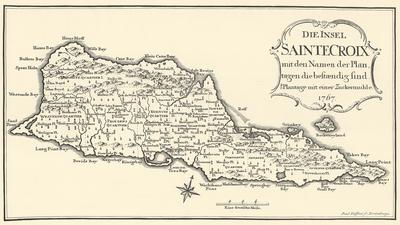
Sugar
During the 1600s sugar became a popular commodity throughout Europe. The production of this sweet substance was what drove the kingdom of Denmark-Norway to support initiatives to colonise an area in the West Indies. In 1671 the West Indian Company was founded in Copenhagen, and in 1672 colonised the uninhabited island of St. Thomas. Over the years that followed the company worked to establish plantations and sugar cane production on the island. It was hard work in the tropical heat, and they lacked manpower.
Territorial expansion
Over time all the land on St. Thomas was cultivated, and the Danes started to look for new territories for plantations. In 1718 they colonised the uninhabited island of St. Jan (now St. John). But due to their hilly landscapes, neither St. Thomas nor St. Jan were ideal for farming sugar cane. The more southern island of St. Croix, however, was flatter and better suited to sugar production, which encouraged Denmark-Norway to purchase the island from France in 1733. These three islands came to comprise the Danish West Indies.
Resistance
Resistance is a natural reaction to inhuman conditions. Some enslaved Africans chose freedom by ‘marooning’ - hiding in the bush or escaping to neighbouring islands. There were also cases of direct rebellion, like that on St. Jan in 1733, when the enslaved population seized and held control of the entire island for more than half a year. Only with the assistance of their French and English neighbours were the Danes able to suppress the rebellion. The rebellion of 1733 is now commemorated with an annual Historic & Commemorative Tour on the island of St. John. There were also uprisings after the abolition of slavery in 1848, like the Fireburn rebellion of 1878 on St. Croix.
Abolition of slavery
Danes like to say they were the first people to abolish slavery, but this is not the whole truth. It is, however, correct that Denmark was the first country to abolish transatlantic slave trading, i.e. the transportation of enslaved people from West Africa to the West Indies. This happened in 1792, with the passage of a bill banning the slave trade [Forordning om Negerhandelen]. But this ban did not end slavery. Plantation owners in the West Indies were still allowed to own slaves.
The ban on the transatlantic slave trade was also not solely motivated by empathy with the enslaved. Ultimately, it was all about economics. The large number of enslaved Africans that died during passage resulted in financial losses for the slave traders. The ban also did not come into effect until over ten years later, in 1803. During that time the number of slave passages exploded, directly supported by the Danish government, who issued favourable loans to facilitate it. And with the introduction of tax relief for the introduction of female slaves the agenda was clear: the Danish West Indies were to be self-sufficient in slaves. Breeding plantations where women slaves were to raise future slaves were even considered.
Whilst slavery was abolished on the British Virgin Islands in 1833, it continued unimpeded in the Danish West Indies. Right up until 1848. In Denmark people like to claim that Governor General Peter von Scholten granted the slaves their freedom. But in the U.S. Virgin Islands the story is different: it was not the governor who freed the slaves, but the enslaved population who took matters into their own hands, demanding their freedom.
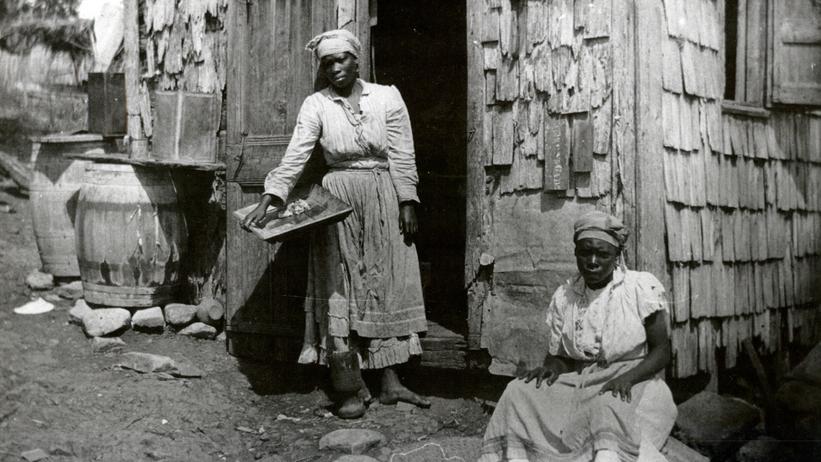
Living conditions after 1848
What did the abolition of slavery mean for the West Indian population? After 1848 former slaves were employed as labourers on the very same plantations they had worked on before abolition. Their living conditions did not improve much in terms of accommodation, healthcare, education or income. Discontent spread, and in 1878 culminated in a workers’ revolt on St. Croix called ’Fireburn’.

